SATCAT no. 41848 Diameter 1.1 m (3.6 ft) | COSPAR ID 2016-067A Launch date 11 November 2016 | |
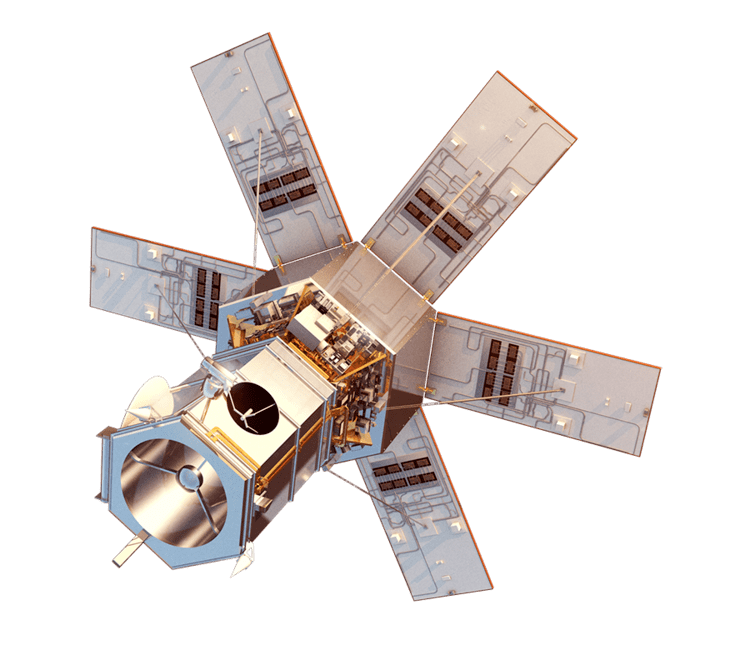 | ||
Resolution Panchromatic: 31 cm (12 in); Multispectral: 124 cm (49 in) Wavelengths Panchromatic: 450-800 nm; Multispectral: 450-920 nm Manufacturer Lockheed Martin Space Systems Similar WorldView‑3, WorldView‑2, GeoEye‑1, Himawari 9, JCSAT‑15 | ||
Atlas v 401 launches worldview 4 satellite
WorldView-4, previously known as GeoEye-2, is a third generation commercial Earth observation satellite launched on 11 November 2016. The spacecraft is operated by DigitalGlobe. With a maximum resolution of 31 cm (12 in), WorldView-4 provides similar imagery as WorldView-3, the highest resolution commercially available at the time of its launch.
Contents
- Atlas v 401 launches worldview 4 satellite
- Worldview 4 digitalglobe is set to launch the much awaited earth imaging remote sensing satellite
- History
- Launch
- Instrument
- References
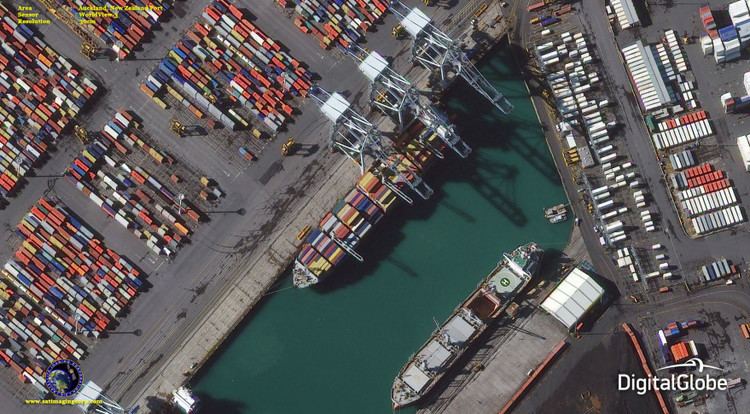
Worldview 4 digitalglobe is set to launch the much awaited earth imaging remote sensing satellite
History
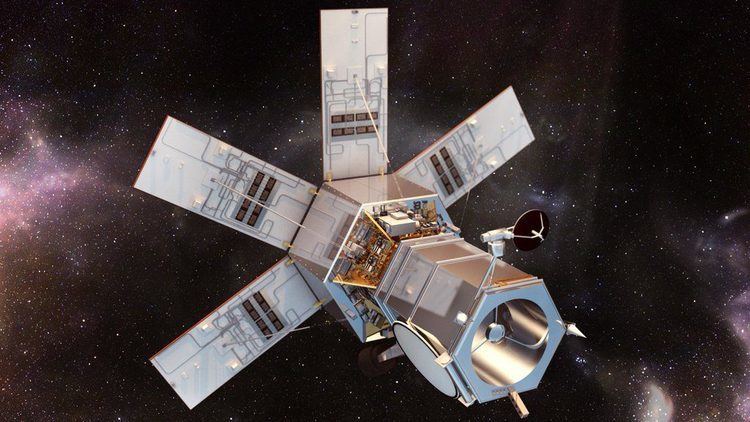
Work on GeoEye-2 began in October 2007 when commercial imagery company GeoEye selected ITT Corporation to begin work on long lead-time items for the satellite camera system. In March 2010, an initial contract for construction of the spacecraft was awarded to Lockheed Martin Space Systems, which previously built the Ikonos imaging satellite. At the time, GeoEye-2 was planned for launch in late 2012. The spacecraft's preliminary design review was completed in November 2010, while its critical design review was completed in June 2011.
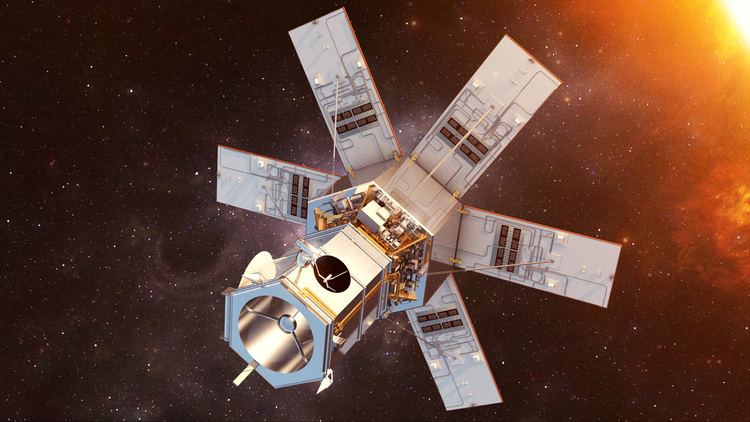
Lockheed Martin issued a contract to ITT Corporation in August 2010 to continue work on the camera system, and the company announced the completion of the system's critical design review on 1 March 2011. The system was delivered to Lockheed Martin in April 2012, and was mated to the spacecraft bus the following month.
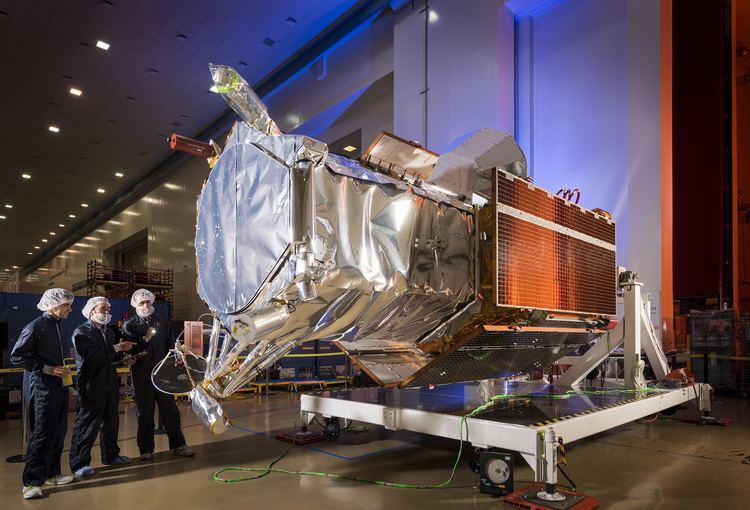
DigitalGlobe agreed to purchase GeoEye in July 2012, and finalized the merger in January 2013. At the time, each company had a satellite being prepared for launch: WorldView-3 and GeoEye-2. Because WorldView-3 offered multiple short-wavelength infrared channels in addition to the standard panchromatic and multiwavelength channels, the company chose to proceed with its launch and to place GeoEye-2 into storage.
In July 2014, DigitalGlobe announced that GeoEye-2 had been renamed to WorldView-4 to better match the company's branding, and that, due to a projected increase in product demand, the spacecraft's launch had been scheduled for mid-2016. The total cost of the spacecraft, including insurance and launch, is estimated at US$835 million.
The first public image from WorldView-4 was taken on 26 November 2016 and released on 2 December.
Launch
WorldView-4 was launched on 11 November 2016 at 18:30:33 UTC from Vandenberg Air Force Base Space Launch Complex 3E aboard an Atlas V rocket. The rocket launched in the 401 configuration with serial number AV-062, and was provided and administered by United Launch Alliance. This is the same rocket that had been scheduled to launch the InSight Mars lander, which was delayed until 2018. The rocket had been erected at the Vandenberg launch pad on 16 December 2015 for the InSight mission; after the WorldView-4 mission took the place of InSight, the rocket was allowed to remain vertical at the pad protected by its mobile service tower. The WorldView-4 payload was fixed atop the rocket during the second week of September 2016.
Originally scheduled for launch on 29 June 2016, the flight was rescheduled to 15 September and then to 16 September. During countdown on 16 September, the launch was scrubbed due to a liquid hydrogen leak in the ground support equipment resulting in an ice ball forming on an umbilical cable. The launch was rescheduled for 18 September to allow for the replacement of a fill-and-drain valve, determined to be the cause of the leak.
The Canyon Fire, a wildfire that burned over 5,157 hectares (12,742 acres) on the southern section of Vandenberg, resulted in a further launch delay so that the base could "concentrate [their] resources on the situation at hand." As a result of scheduling availability on the Western Range, the flight was rescheduled for 26 September. Continued efforts in fighting the Canyon Fire caused an indeterminate delay of the launch to no earlier than October 2016. Four additional fires of varying sizes broke out between 22 and 27 September; while all were contained by the end of the 27th, base commander John Moss stated that until all facilities and instrumentation could by surveyed, no preliminary launch date could be determined.
Repairs were made to the base's infrastructure affected by the wildfire, including power and communications, and the launch date was reset to 6 November. The date was later pushed back to 11 November as ULA worked to fix "minor Atlas V booster issues" found during preparations.
Instrument
The spacecraft's telescope is called the GeoEye Imaging System-2, also known as SpaceView 110, which was designed and built by ITT Corporation (later ITT Exelis and Harris). The telescope mirror is 1.1 m (3.6 ft) in diameter. It provides panchromatic images at a highest resolution of 31 centimeters per pixel (12 in/px) between 450 and 800 nanometers, and multispectral images at 124 centimeters per pixel (49 in/px) in red, green, blue and near-infrared channels (655-690 nm, 510-580 nm, 450-510 nm and 780-920 nm, respectively).
